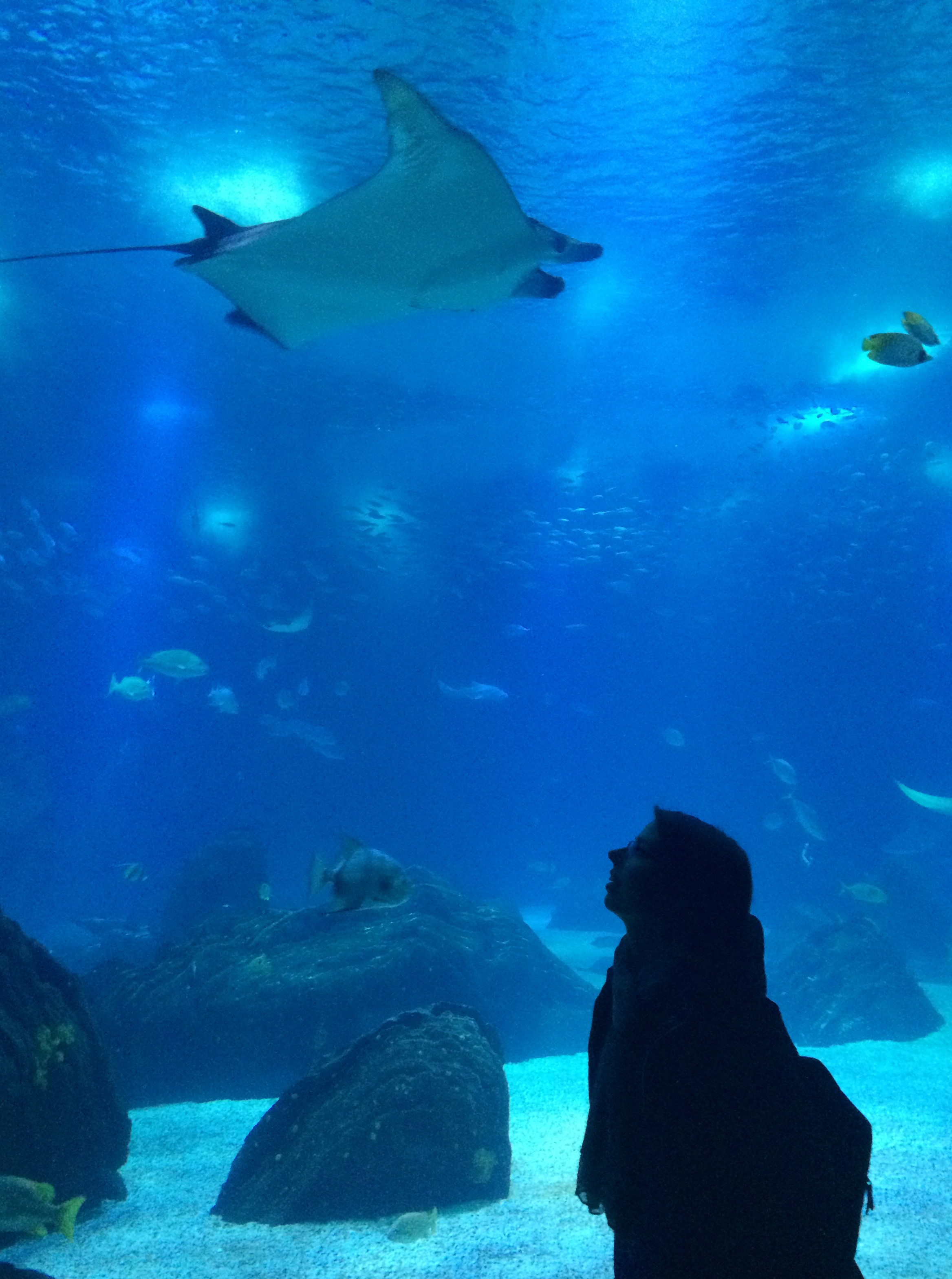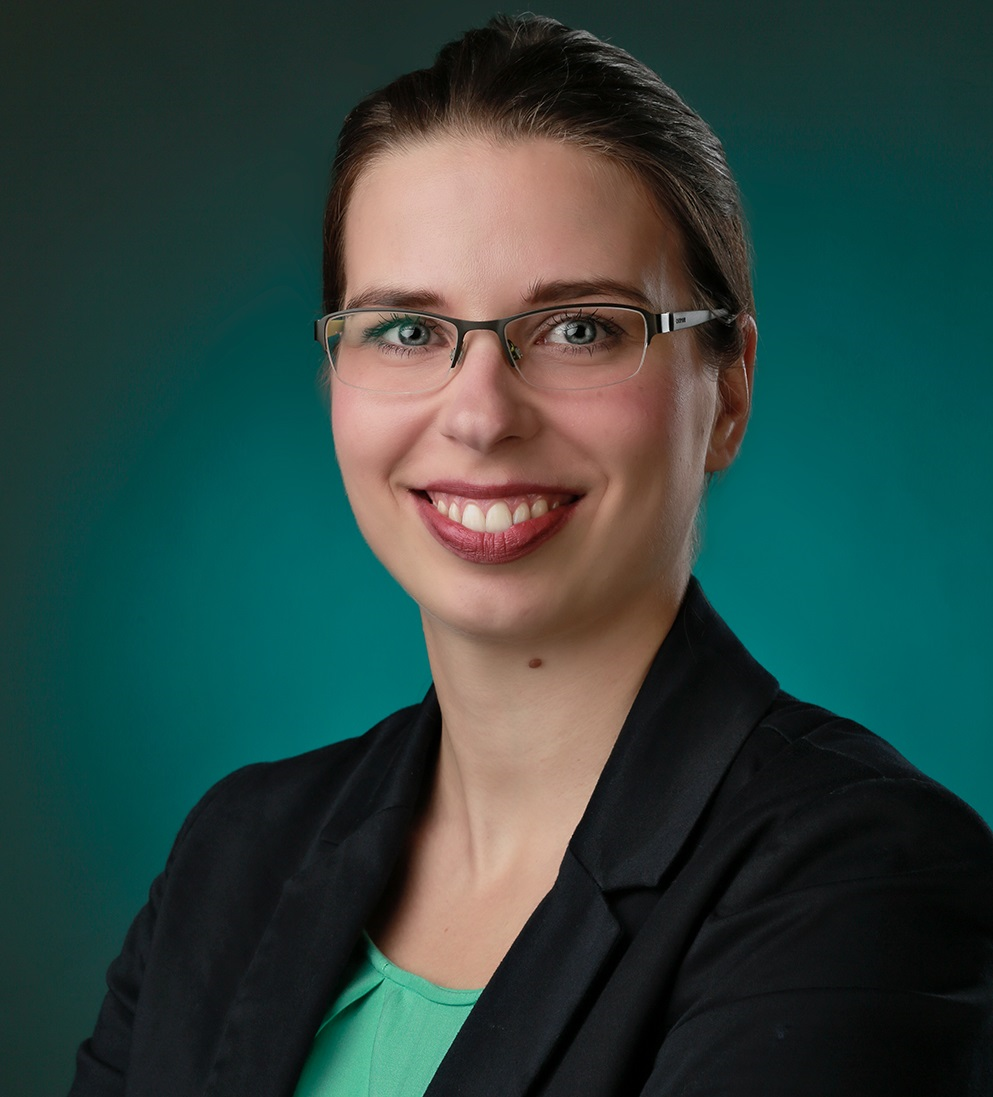The last word ...
… goes to Dr. Jennifer Ruskowski from Fraunhofer IMS.


Dr. Ruskowski, you are working on the FMD project “miniLIDAR”. What exactly is done in this project?
The project is developing innovative components for a miniaturized LiDAR (Light Detection And Ranging) system in the field of robotics. In addition to our institute, three other FMD institutes are involved: Leibniz FBH in Berlin is developing the lasers, Fraunhofer IPMS in Dresden is implementing the development of the beam deflection device, and Fraunhofer IZM in Berlin is working on optical phased arrays.
What are your responsibilities within the project?
Fraunhofer IMS realizes the detector development in the project. Our goal is to develop a Single Photon Avalanche Diode (SPAD) array with high pixel resolution for the detection of reflected beams including the read-out electronics (ROIC) and the evaluation algorithms. The histogram programming in the Field Programmable Gate Array (FPGA) to evaluate the detector data is also implemented at the Fraunhofer IMS. Both, the increase of the number of pixels and the vertical integration of the detector with the ROIC by means of wafer-to-wafer bonding are important new developments.
How has the FMD changed your professional life and where has it concretely added value?
The FMD has greatly expanded the cross-institute work. It is particularly gratifying that we not only discuss the joint strategic approach and the technological roadmaps, but have also become active in concrete projects that create significant added value for the FMD institutes. In my area of responsibility, the FMD brings together the distributed competencies in the LiDAR area. Besides the miniLIDAR project, we are also involved in a project with the start-up OQmented, in which a demonstrator for a scanning LiDAR system is being realized. The FMD has increased our customer contacts, and our international visibility has also been enhanced.
Which other project in the FMD universe would you like to be involved in?
At the FMD institutes we have extensive expertise in the area of innovative components for LiDAR systems. From my point of view, it would be desirable to have a large project to help us to continue to combine these competences in a complementary way, and also to look into the future. There are many exciting approaches in the field of LiDAR that are worth investigating and further developing.
You are a physicist. What did you want to become as a child and why?
As a child, I was fascinated by questions about our solar system and its planets. All the more reason for me to look forward to projects in which our sensors are used in space and in the future you will have even more reasons to look at the starry sky. But my entry into the world of physics is not only due to the cosmos. My early interest in the inner workings of my computer, my love for mathematics and the question of always finding new solutions certainly had an influence on my choice of career.
About Dr. Jennifer Ruskowski:
Born 1983 in Duisburg. Married. Studied physics at the RWTH Aachen and did her doctorate in electrical engineering and computer science at the University of Duisburg-Essen. Dissertation on “Fine-pitch connections for the 3D integration of sensors with CMOS wafers” at Fraunhofer IMS. Accordingly working at Fraunhofer IMS, since 2009. Since 2016 group leader of 3D sensors. Since 2018 also deputy head of the department Optical Sensor Systems.
Last modified: